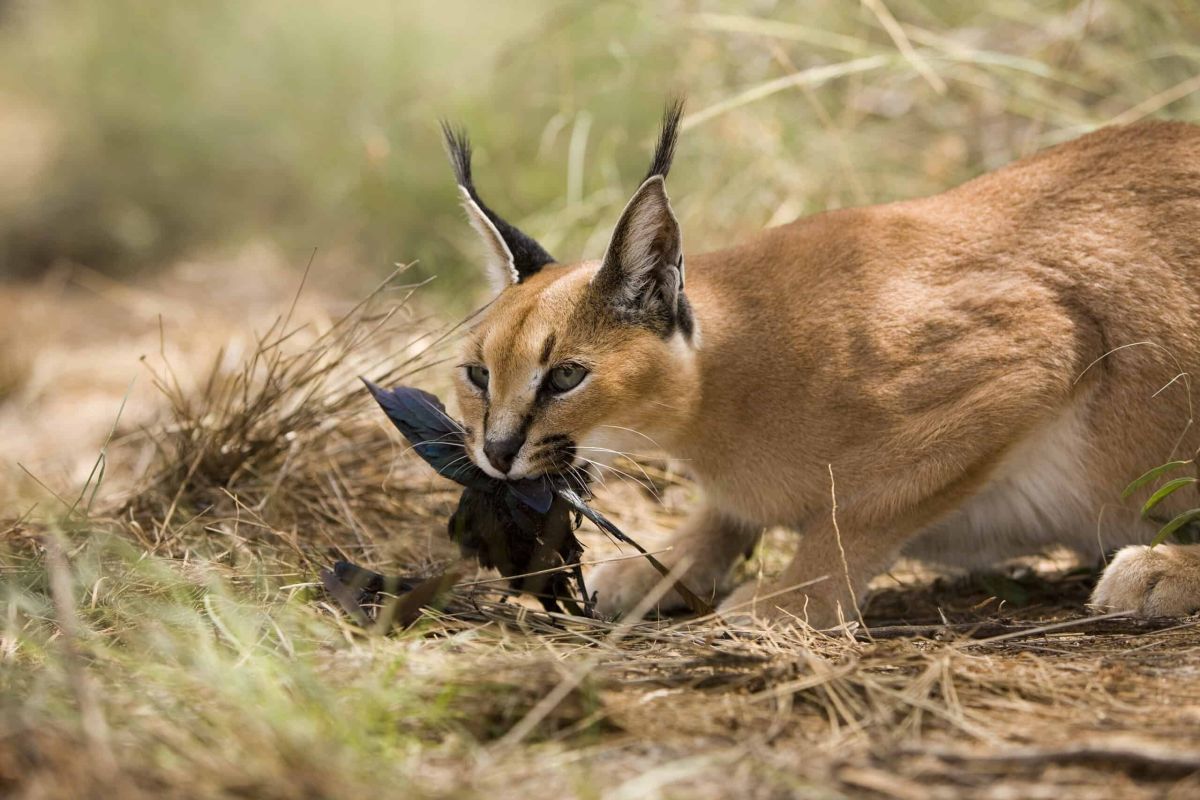Examining the Impact of Apex Predators on Ecosystems

Big cats, the apex predators of their respective domains, are often romanticized as symbols of power, grace, and the untamed wild. Lions, tigers, jaguars, leopards, and cheetahs stand atop the food chain, playing a crucial role in regulating prey populations and maintaining ecological balance. However, a growing body of research raises a complex question: are big cats, particularly in certain circumstances, hunting too much?
It’s a loaded question, and the answer is far from simple. While big cats are natural hunters, and their role in the ecosystem is undeniable, several factors can lead to situations where their impact becomes disproportionately negative. These factors are often intertwined with human activity and environmental changes, making the issue a multifaceted challenge.
The Benefits of Big Cat Predation:
Before diving into potential problems, it’s vital to acknowledge the positive role of big cats in ecosystems:
- Population Control: Big cats prevent prey populations from exploding. Overgrazing by herbivores can decimate vegetation, erode soil, and contribute to habitat degradation. By keeping these populations in check, big cats help maintain the health and biodiversity of plant life.
- Disease Regulation: Predators often target the weakest and sickest individuals in a prey population, limiting the spread of disease and improving the overall health of the herd.
- Trophic Cascades: The presence of big cats influences the behavior of their prey, leading to cascading effects throughout the food web. For example, fear of predation can drive herbivores to avoid certain areas, allowing vegetation to flourish in those spaces and creating habitat for other species.
- Ecosystem Health: By regulating prey populations and influencing their behavior, big cats contribute to a healthier, more resilient ecosystem capable of supporting a wider variety of species.
When Hunting Becomes a Problem:
Despite these benefits, certain situations can lead to an imbalance where big cat predation becomes detrimental:
- Habitat Loss and Fragmentation: As human populations grow, big cat habitats are shrinking and becoming fragmented. This forces cats into smaller areas with limited prey options, potentially leading to over-hunting of available resources.
- Prey Depletion: In some regions, human activities like poaching and habitat destruction have significantly reduced prey populations. This forces big cats to expend more energy hunting and may lead them to target livestock, further exacerbating human-wildlife conflict.
- Competition with Humans: When human livelihoods depend on the same resources as big cats, conflict is inevitable. Livestock depredation can lead to retaliatory killings of big cats, further disrupting the ecological balance.
- Introduced Species: The introduction of non-native species can disrupt established predator-prey relationships. Big cats may struggle to adapt to new prey or may even target locally threatened or endangered species.
- Lack of Genetic Diversity: Small, fragmented populations of big cats often suffer from inbreeding and reduced genetic diversity, making them more vulnerable to disease and less adaptable to environmental changes. This can impact their hunting efficiency and overall survival.
Addressing the Imbalance:
The key to mitigating the negative impacts of big cat predation lies in a multi-pronged approach:
- Habitat Conservation and Restoration: Protecting and restoring big cat habitats is crucial for ensuring they have access to a diverse range of prey.
- Anti-Poaching Efforts: Combating poaching of both big cats and their prey is essential for maintaining healthy populations.
- Community Engagement and Education: Working with local communities to reduce human-wildlife conflict through education, compensation programs, and sustainable livelihood options is vital for fostering coexistence.
- Sustainable Tourism: Ecotourism can generate revenue for conservation efforts and provide economic incentives for local communities to protect big cats and their habitats.
- Careful Management of Livestock: Implementing strategies to protect livestock from predation, such as improved fencing and livestock guarding animals, can reduce conflict and the likelihood of retaliatory killings.
- Research and Monitoring: Ongoing research and monitoring of big cat populations, prey availability, and ecosystem health is essential for understanding the dynamics of these complex systems and informing effective conservation strategies.
Conclusion:
The question of whether big cats are “hunting too much” is not a simple yes or no. While their role as apex predators is vital for maintaining ecological balance, various factors can lead to imbalances where their impact becomes detrimental. By addressing these factors through habitat conservation, anti-poaching efforts, community engagement, and sustainable resource management, we can work towards a future where big cats thrive and continue to play their crucial role in healthy, resilient ecosystems. Only then can we ensure that these magnificent creatures continue to roam the wild, not as a threat, but as a vital component of the natural world.



